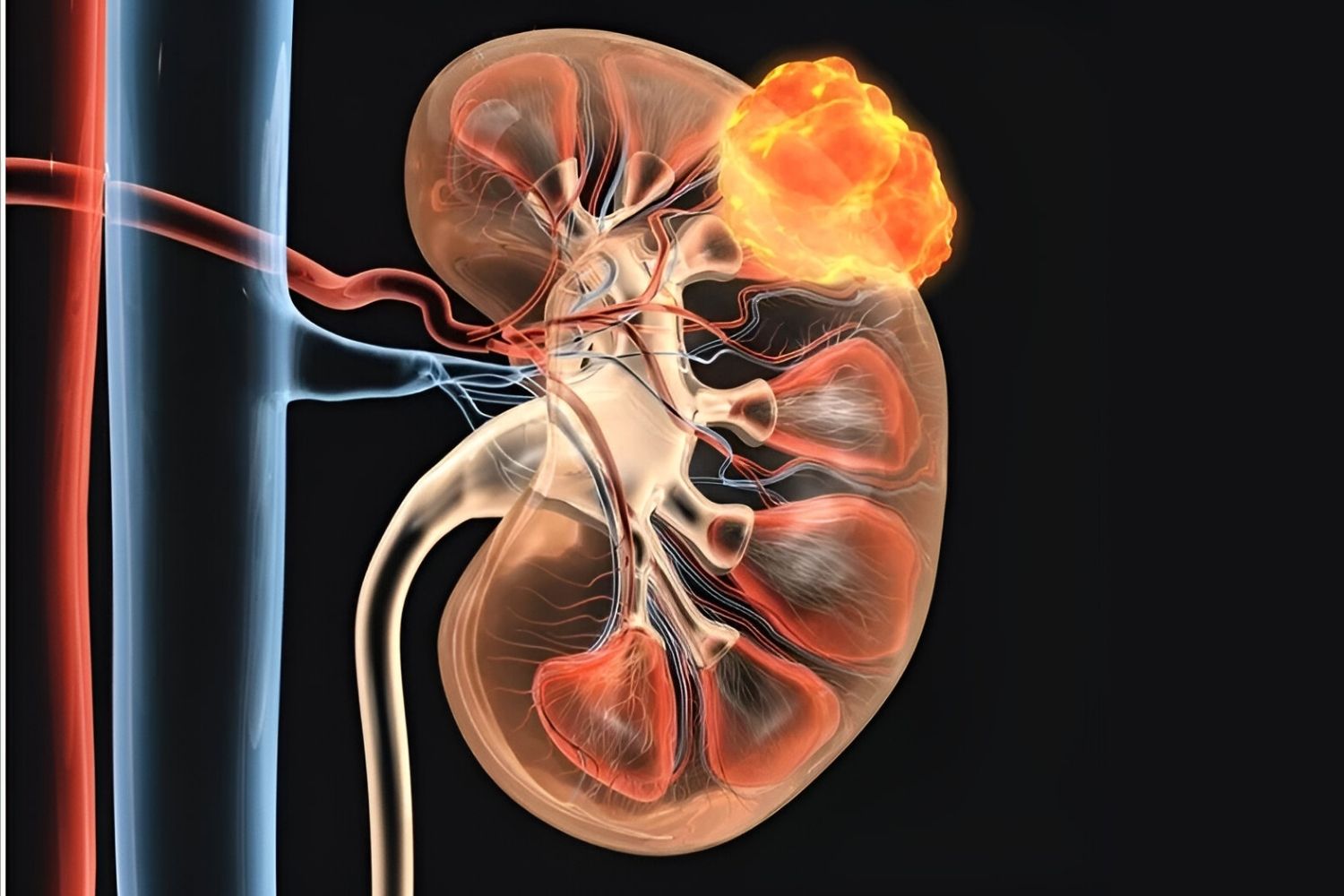
Familial Wilms Tumor is a rare genetic condition that affects the kidneys, primarily in children. This type of cancer, also known as nephroblastoma, can run in families, making it crucial to understand its genetic roots. Wilms Tumor typically presents before age five, and early detection can significantly improve outcomes. Symptoms often include abdominal swelling, pain, fever, and blood in the urine. Genetic mutations, particularly in the WT1 gene, play a significant role in its development. Treatment usually involves surgery, chemotherapy, and sometimes radiation. Knowing the facts about Familial Wilms Tumor can help families stay informed and proactive about their health.
Key Takeaways:
- Familial Wilms Tumor 2 is a rare genetic condition that increases the risk of kidney cancer in children due to mutations in the WT1 gene, but early detection and advanced treatments have improved survival rates.
- Families affected by Familial Wilms Tumor 2 can benefit from genetic counseling to understand inheritance patterns and explore options like prenatal testing and preimplantation genetic diagnosis to manage the condition and improve outcomes.
What is Familial Wilms Tumor 2?
Familial Wilms Tumor 2 is a rare genetic condition that increases the risk of developing Wilms tumor, a type of kidney cancer, in children. Understanding this condition can help families and medical professionals manage and treat it more effectively.
- Familial Wilms Tumor 2 is caused by mutations in the WT1 gene.
- The WT1 gene plays a crucial role in kidney development and function.
- Mutations in this gene can lead to abnormal kidney cell growth, resulting in tumors.
- Wilms tumor is most commonly diagnosed in children under the age of five.
- Familial Wilms Tumor 2 accounts for about 1-2% of all Wilms tumor cases.
Symptoms and Diagnosis
Recognizing the symptoms early can lead to prompt diagnosis and treatment, improving outcomes for affected children.
- Common symptoms include a painless abdominal mass, blood in the urine, and fever.
- Some children may experience high blood pressure due to the tumor's effect on kidney function.
- Diagnosis typically involves ultrasound and CT scans to detect tumors.
- A biopsy is often performed to confirm the presence of Wilms tumor.
- Genetic testing can identify mutations in the WT1 gene, confirming Familial Wilms Tumor 2.
Treatment Options
Treatment for Familial Wilms Tumor 2 often involves a combination of surgery, chemotherapy, and sometimes radiation therapy.
- Surgical removal of the tumor is usually the first step in treatment.
- Chemotherapy is used to kill any remaining cancer cells and reduce the risk of recurrence.
- In some cases, radiation therapy may be necessary to target residual tumor cells.
- Regular follow-up care is essential to monitor for any signs of recurrence or complications.
- Advances in treatment have significantly improved the survival rate for children with Wilms tumor.
Genetic Counseling and Family Planning
Families affected by Familial Wilms Tumor 2 can benefit from genetic counseling to understand their risks and options.
- Genetic counseling can help families understand the inheritance pattern of the condition.
- The condition follows an autosomal dominant inheritance pattern, meaning a 50% chance of passing it to offspring.
- Prenatal testing can identify the presence of WT1 gene mutations in unborn children.
- Families may consider preimplantation genetic diagnosis (PGD) during IVF to select embryos without the mutation.
- Early detection and monitoring can help manage the condition and improve outcomes.
Research and Future Directions
Ongoing research aims to better understand Familial Wilms Tumor 2 and develop more effective treatments.
- Researchers are studying the molecular mechanisms behind WT1 gene mutations.
- New targeted therapies are being developed to specifically attack cancer cells with WT1 mutations.
- Clinical trials are exploring the effectiveness of immunotherapy in treating Wilms tumor.
- Advances in genetic testing are making it easier to identify at-risk individuals.
- Collaboration between researchers, clinicians, and families is crucial for advancing our understanding and treatment of Familial Wilms Tumor 2.
Final Thoughts on Familial Wilms Tumor
Familial Wilms Tumor is a rare genetic condition affecting children. Understanding its genetic basis helps in early detection and treatment. Regular screenings and genetic counseling are crucial for families with a history of this tumor. Early intervention can improve outcomes and provide peace of mind.
Research continues to uncover more about this condition, offering hope for better treatments and possibly a cure. Staying informed and proactive can make a significant difference. If you suspect a family history of Wilms Tumor, consult a healthcare professional for guidance.
Knowledge empowers families to take control of their health. By staying vigilant and seeking appropriate medical advice, families can navigate this challenging condition more effectively. Remember, early detection and intervention are key to managing Familial Wilms Tumor. Stay informed, stay proactive, and prioritize health.
Frequently Asked Questions
Was this page helpful?
Our commitment to delivering trustworthy and engaging content is at the heart of what we do. Each fact on our site is contributed by real users like you, bringing a wealth of diverse insights and information. To ensure the highest standards of accuracy and reliability, our dedicated editors meticulously review each submission. This process guarantees that the facts we share are not only fascinating but also credible. Trust in our commitment to quality and authenticity as you explore and learn with us.
